April 30, 1945, was Adolf Hitler’s last day alive. In the narrow corridors and concrete chambers of the Führerbunker, the end unfolded with a quiet, clinical certainty. Outside, Soviet forces had advanced to within a few hundred meters. The Reich was finished, Berlin was lost, and everyone inside the bunker knew it.
Hitler spent the morning in deliberate preparation. He called his personal aides—Heinz Linge, Otto Günsche, and Martin Bormann—to finalize instructions: what to do with his body, how to carry out the cremation, and which members of his staff would be released. He insisted his body be burned to avoid the fate of Mussolini’s corpse, which had been mutilated by a mob just days earlier. There was no discussion of surrender. No second thoughts.
At around midday, Hitler quietly emerged from his rooms and walked the length of the hallway, shaking hands with the remaining staff—secretaries, valets, military aides. No words. Just a final, silent ritual. Traudl Junge, one of his secretaries, later said he looked “like a shell of a man” and “seemed to look right through me.” Others described him as hunched, gray, and trembling—a ghost before he was gone.
One of the most surreal moments came when Magda Goebbels, who had idolized Hitler from the start, reportedly fell to her knees and begged him not to go through with suicide. She pleaded not to be abandoned. But Hitler, cold and withdrawn, refused her. Their closeness dissolved in that final hour.
Later that afternoon, around 3:00 p.m., Hitler summoned Linge and Günsche one final time. He calmly informed them the moment had come and dismissed them. The heavy door to his private room closed behind him and Eva Braun.
Roughly thirty minutes later, a muffled gunshot was heard.
Linge and Günsche waited a few moments before entering. Hitler was slumped on the sofa, a bullet wound in his temple, a pistol at his side. Eva Braun sat beside him, dead from cyanide. As instructed, their bodies were wrapped, carried up the narrow stairs to the Chancellery garden, placed in a shell crater, doused in gasoline, and set alight.
Shells exploded nearby as the flames consumed what was left of the Führer. Those who carried out the cremation—Linge, Günsche, Bormann, and several guards—stood watch briefly before retreating to the safety of the bunker.
Inside, word spread. Some wept. Others fell silent. Joseph Goebbels sent a message to Admiral Karl Dönitz, declaring that Hitler had fallen at his post and that the appointed successor should now lead. But Goebbels had no real intention of serving under Dönitz.
That night, Magda Goebbels followed through on the pact she had made with her husband. With the help of SS physician Ludwig Stumpfegger, she sedated her six children and poisoned them in their sleep. Some reports suggest at least one of the older girls woke up and struggled before being killed. The next morning, on May 1, Joseph and Magda walked into the Chancellery garden. Whether they took cyanide or Goebbels shot his wife before shooting himself varies by account, but their bodies were found side by side, partly burned. There wasn’t enough gasoline left to burn them any further.

Despite overwhelming historical evidence, including eyewitness testimony, conspiracy theories persist, driven largely by sensationalist media like Hunting Hitler. But the events of April 30 were witnessed, documented, and corroborated by survivors, interrogated by Allied forces, and supported by physical evidence.
There was no tunnel. No plane. No escape. And no desire to do otherwise.
Only death, in a bunker beneath a burning city.
FULL SERIES:
Yes, Hitler Really Did Commit Suicide, 80 Years Ago
Part 1: April 20, 1945 – Hitler’s Last Birthday
Part 2: April 21, 1945 – The Net Tightens
Part 3: April 22, 1945 – The Breaking Point
Part 4: April 23, 1945 – The Succession Panic
Part 5: April 24, 1945 – The Axis of Betrayal
Part 6: April 25, 1945 – No Way Out
Part 7: April 26, 1945 – The Sky Closes
Part 8: April 27, 1945 – Rienzi
Part 9: April 28, 1945 – Wedding Day
Part 10: April 29, 1945 – The Day Before the End

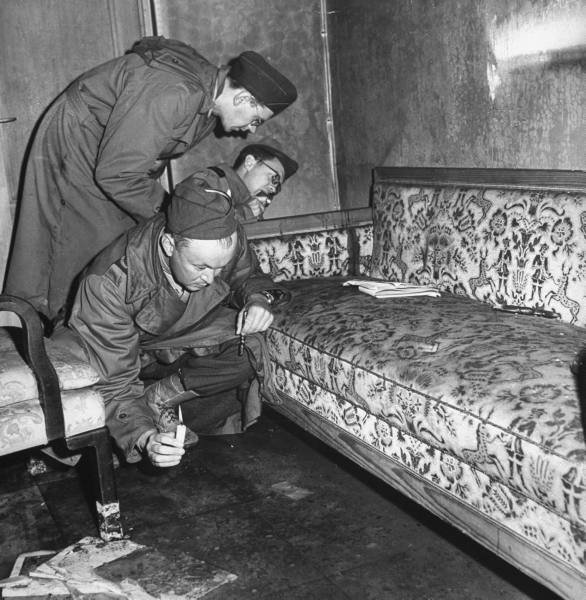
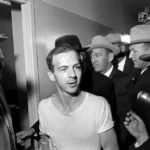
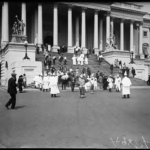


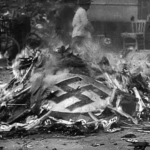



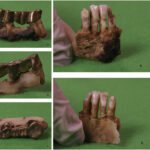
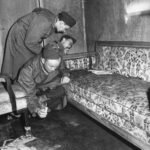
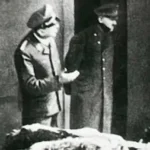
Leave a Reply